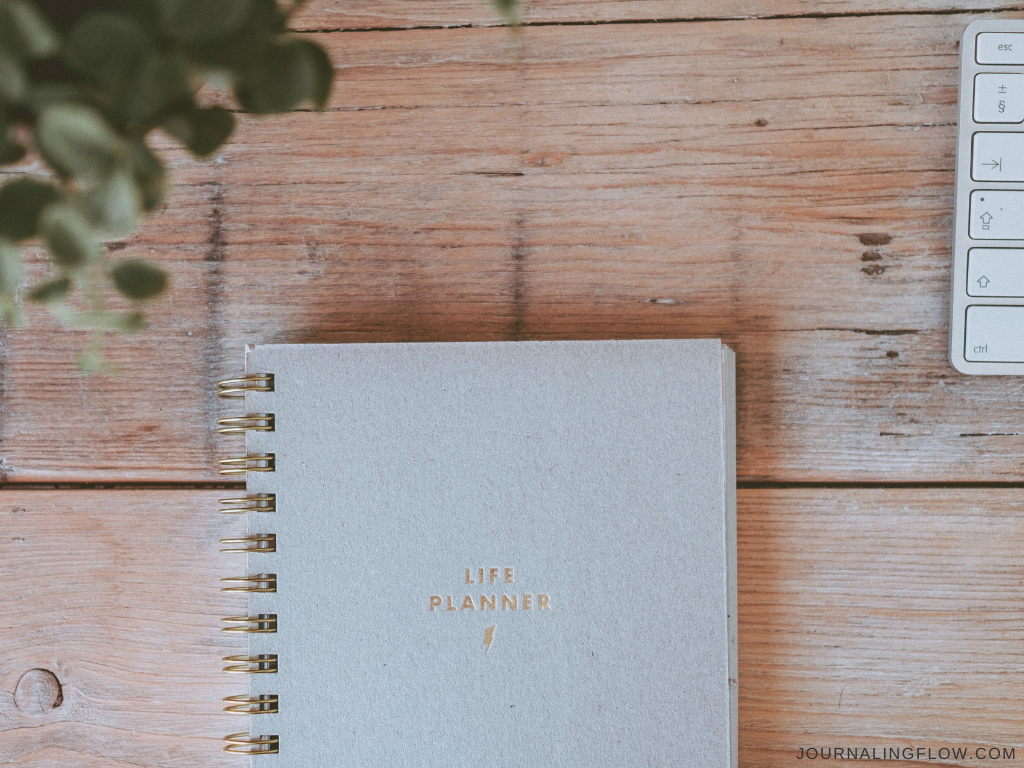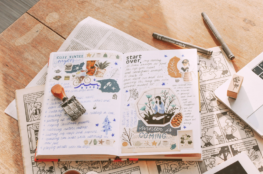
Journaling is a powerful habit that can help you manage stress, increase self-awareness, and achieve your goals. But like any habit, the challenge lies in making it stick. Building a sustainable journaling routine requires intentionality, consistency, and a little creativity.
In this post, we’ll explore tips and strategies for creating a journaling routine that sticks, ensuring that journaling becomes a meaningful part of your daily life.
Why a Journaling Routine Matters
Having a consistent journaling routine helps you unlock the full benefits of the practice. Journaling regularly allows you to:
- Build self-reflection skills: Daily journaling creates space for introspection and growth.
- Stay organised and productive: Writing down goals and plans keeps you on track.
- Reduce stress: Journaling offers a mental outlet to process thoughts and emotions.
By creating a journaling routine that sticks, you’ll establish a habit that supports your well-being and personal development over the long term.
How to Create a Journaling Routine That Sticks
1. Start Small and Build Consistency
When building a journaling routine, it’s essential to start small. Instead of committing to long, daily entries right away, begin with just a few sentences or five minutes a day.
Tip: Choose a specific time, such as first thing in the morning or before bed, to make journaling part of your daily routine.
2. Set a Clear Intention for Your Journaling Practice
Knowing why you want to journal helps you stay motivated. Whether your goal is to reflect on your emotions, improve productivity, or track progress toward personal goals, having a clear purpose will guide your writing.
Example: “I want to use journaling to reduce stress and gain clarity on my goals.”
3. Choose the Right Tools
Finding tools that suit your style can make journaling more enjoyable. Whether it’s a blank notebook, a guided journal, or a digital journaling app, pick what feels most comfortable and inspires you to write.
Tip: Keep your journal easily accessible so you’re reminded to use it every day.
4. Use Prompts to Avoid Writer’s Block
Writer’s block can derail even the most well-intentioned journaling practice. Prompts provide a starting point and keep you from feeling stuck.
Prompts to try:
- “What is one thing I’m grateful for today?”
- “What’s my top priority for tomorrow?”
- “How am I feeling right now, and why?”
5. Make It Enjoyable
To create a journaling routine that sticks, make the process enjoyable. Pair journaling with a ritual you love, like sipping coffee in the morning or lighting a candle at night. This creates a positive association with the practice.
Tip: Don’t overthink it—let your journaling flow naturally and feel rewarding.
6. Track Your Progress
Tracking your journaling habit can help you stay consistent. Use a habit tracker or mark off days on a calendar when you journal. Seeing your streak grow can be a powerful motivator.
Tip: Reflect on how journaling has impacted your mood, productivity, or clarity over time.
7. Be Flexible and Forgiving
Life happens, and there may be days when you skip journaling. Instead of letting guilt derail your progress, embrace flexibility. Return to the practice the next day without judgment.
Tip: It’s okay to adapt your journaling routine as your needs and schedule change.
10 Journaling Prompts to Build Your Routine
Here are prompts to help you establish your journaling habit:
- “What is my intention for today, and how can I stay focused on it?”
- “What’s one thing I learned about myself this week?”
- “What does a successful day look like for me?”
- “What’s something I’ve accomplished recently that I’m proud of?”
- “What thoughts or feelings do I want to let go of today?”
- “What’s one small thing I can do today to take care of myself?”
- “How am I feeling about my current priorities?”
- “What’s something I’m looking forward to this week?”
- “What habits are helping or hindering me right now?”
- “What’s one thing I’m grateful for in this moment?”
Conclusion: Build a Journaling Routine That Lasts
Creating a journaling routine that sticks takes time, patience, and a willingness to experiment. By starting small, setting clear intentions, and making journaling enjoyable, you’ll build a habit that becomes a natural part of your daily life. Over time, your journaling practice will become a powerful tool for personal growth, clarity, and stress relief.
Want more journaling inspiration?
Get exclusive prompts, techniques, and insights straight to your inbox.
Join the Journaling Flow newsletter today!



